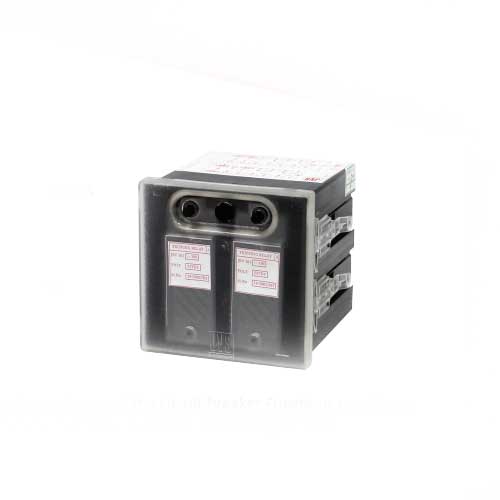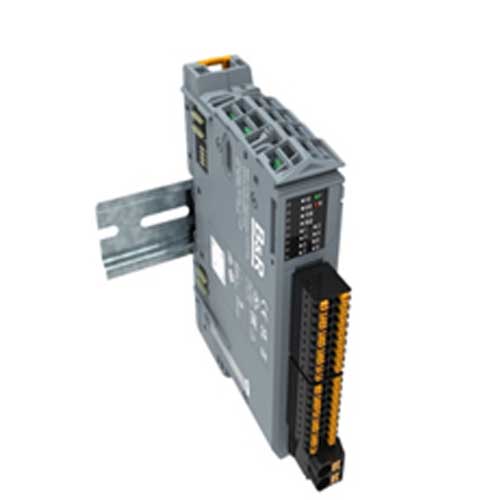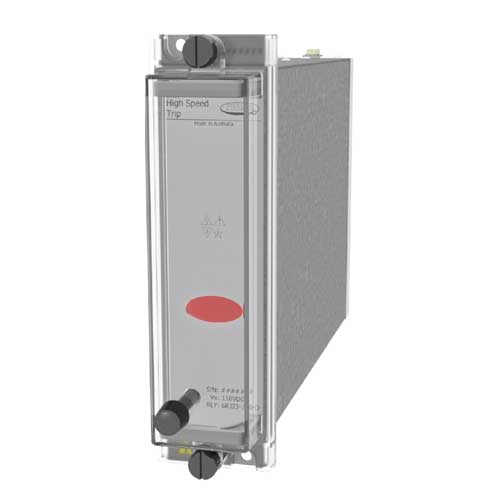Schedule a Call Back
One of the biggest contributions of automation is to efficiency
 Interviews
Interviews- Nov 30,-1
Rajat Kishore, MD and VP, Process Automation, Schneider Electric Systems India Pvt Ltd, spoke to Industrial Products Finder on the eve of the Schneider Electric CONNECT 2016 Automation and Process Safety Conference, in Mumbai recently. Excerpts...
What are the opportunities in automation domain and the size of the market?
It is a dynamic market so right now size is not the issue, we don’t look at the market but at the growth potential. For us automation is the place to be in – a high growth business, regardless the size of the market, it is the place to be in. The oncoming OT and IT convergence, the expansion of industrial internet of things (IIoT) and the need for safety and security becoming paramount as the number of connectible devices increases exponentially, means automation is at the heart of IIoT. Automation is now becoming all pervading, just like the IIoT is becoming all pervading. We are also looking how we can leverage the initiatives that are taken by the government of India – such as Make in India, Digital India or even Swachh Bharat – where they are talking about automating the infrastructure to improve the standard of living of the people at large.
What are the key trends in process automation?
Let us consider the ever changing definition of process automation. Traditionally automation was focussed on manufacturing. In India the current contribution of manufacturing to the GDP is around 16-17%, and the government is now making efforts to raise this to 25%. Automation contributes just 1% to the GDP! In fact there is no reason why India cannot become a manufacturing hub and double the share in the GDP or even more. Automation needs to grow at least five times. Now coming to process automation, this is part of the manufacturing activity but also apart from it. Consider the Smart City initiative which is bringing automation closer to the people – smart homes, smart building, colonies and the whole city. It is nothing but automating the utilities – water and electricity, metering and billing – IoT is bringing changes in the architecture and changes in applications. What is IoT or Internet of Things? It is just the internet basically and it has been around for several years now. However what has changed is earlier it was just computers connected to each other but now it is devices connected to each other, and what is more, talking to each other. As per one study, about 20 bn devices will be connected to each other over the next five years, which device to device connectivity will far outnumber human to human connectivity. Now this is a huge opportunity, but it is also a big challenge for automation.
India is a land of extremes on the automation scale. How do we bridge this gap, say from SMEs to large corporates?
Let me put it the other way. The industry of the future is smart. The automation of the future will offer connectible devices in manufacturing as well as other spheres like smart cities right from the bottom to the top layers – at Schneider we call it the EcoStruxure – so there is no way forward without automation. The point is, it is more a question of mind set. One of the biggest contributions of automation is to efficiency, which is not measurable, but what can be measured is energy consumption. Efficiency translates into energy savings. The problem is people calculate capital expenses – man, machine, equipment – but they do not calculate the cost of energy. Of course they do factor energy as a cost but do not see energy saving as an opportunity, but that was till yesterday. Today things have changed and awareness is spreading rapidly. The average SME today, the small entrepreneur, realises the advantages of automation even better than the big players as that is how he can compete globally, riding this wave of connectivity. The earlier thought process was automation is a frill, must I have it? But now it is viewed as a necessity, though there could be some sceptics still left.
Do you see a conflict between automation and labour?
Good question, and no, not at all. Whenever you automate a factory, you get new labour with enhanced labour. It allows the industry to grow. It is about increasing the size of the pie, and that is again related to Make in India where the thrust is on expanding the manufacturing sector. Take the example of an SME with one manual lathe manufacturing three units a week with three workers. Opting for an automated CNC machine may increase productivity three fold and still add two more workers, so there is a three-fold increase in productivity with less than proportional increase in labour, but this does not reduce employment.
There is also a problem of shortage of trained manpower for the industry. How can this be addressed?
Shortage of trained manpower is a reality something the industry is experiencing today. Skill is an evolving thing and skill sets – the requirements – are changing too. India is a young and growing economy. Though we have an excellent pool of people, but skills are more specific. Typically skill and knowledge has to be percolated. Technology is only as good as the people operating it. Skilling is an important initiative and it has to be done consciously. Corporates, including our company, must not only look at enhancing technology but also at percolating skills. And we do that – call it the CSR initiative or whatever – we have trained over 60,000 electricians all over the country, and now the government has tasked us, through an MoU, to do double this number. So it is not a shortage of manpower but a shortage of skills. So we are collectively and consciously taking responsibility too.
So how will automation help the energy sector?
India is a signatory to various global climate change protocols, and while these are limited in their implementation, we are committed to reduce the carbon footprint. For reducing the carbon footprint we need to improve efficiencies. India has to produce 40% of the energy by renewable (non fossil) fuels by 2030, so how are we going to achieve this? Today 80 per cent of our electricity is generated by coal fired plants. The percentage of solar power is increasing slowly and the generation cost coming down. 5 MW in solar sounded big earlier, now we are talking about 500 MW plants and economies of scale. The direction is certainly towards clean generation and green energy, the energy mix certainly shifting to non renewable, slowly but surely. These new technologies are more automation enabled, built at a time when automation was already evolved – so the march of clean energy and automation will be together.
How is Schneider preparing for Industry 4.0 and products compatibility?
Let me address the process first and talk of products later. Basically Industry 4.0 boils down to intelligent manufacturing – looking at a factory not as pieces of machinery connected through process but connected through the internet. So what this means that each of these machines smart devices communicating with each other through an IT layer, and operating optimally. This is imperative as product cycles are getting shorter, requirement of product-mix changing rapidly, one cannot have the regular factory of old, but a smart factory for today, or to stretch the argument, a virtual factory over and above a real factory. That is what Industry 4.0 is all about.
This is where I sincerely believe the Make in India initiative which requires us to manufacture products at the global standards should jump the curve. This is an opportunity not to benchmark ourselves with the current technology at the global level, but at the technology of the future. Companies like ours have exactly the same vision. Today we can provide the architecture and solutions which can enable Industry 4.0 or intelligent manufacturing in our factories. This is what Schneider EcoStruxure is all about, an all pervasive word which on the manufacturing side translates into intelligent factory. As for is, we are implementing this in our own factories globally as some of these are old factories like most others. The process of implementation is an ongoing one. Industry 4.0 is an evolution and we are moving with it, through our manufacturing and global manufacturing simultaneously.
Related Stories

Ingersoll Rand India appoints Sunil Khanduja as Managing Director
Prior to this, he served as the Business Head for one of the key verticals in Ingersoll Rand India and also managed Ingersoll Rand EMEIA (Europe, Middle East, India, and Africa) Operations as Direct..
Read more
JK Tyre becomes India’s first tyre company to join RE100
The company has set a primary objective to incrementally increase the utilisation of renewable energy by 2-5% annually and has consistently pursued the installation or procurement of green energy so..
Read more
o9 and Valeo to drive digital transformation with seven year partnership
This partnership between o9 and Valeo is the result of Valeo’s effort to consistently improve its operations for better competitiveness and enhanced service to its customers.
Read moreRelated Products

High Speed Tripping Relay Two Element Relay - Jrv 181x2
JVS Electronics Pvt Ltd offers a wide range of high speed Read more

Plenty of Motion Possibilities in a Compact Housing
B&R Industrial Automation offers a wide range of plen Read more

High Speeed Tripping Relay Three Element Relay
JVS Electronics Pvt Ltd offers a wide range of high speed tripping relay three element relay - JRV 181x3.









